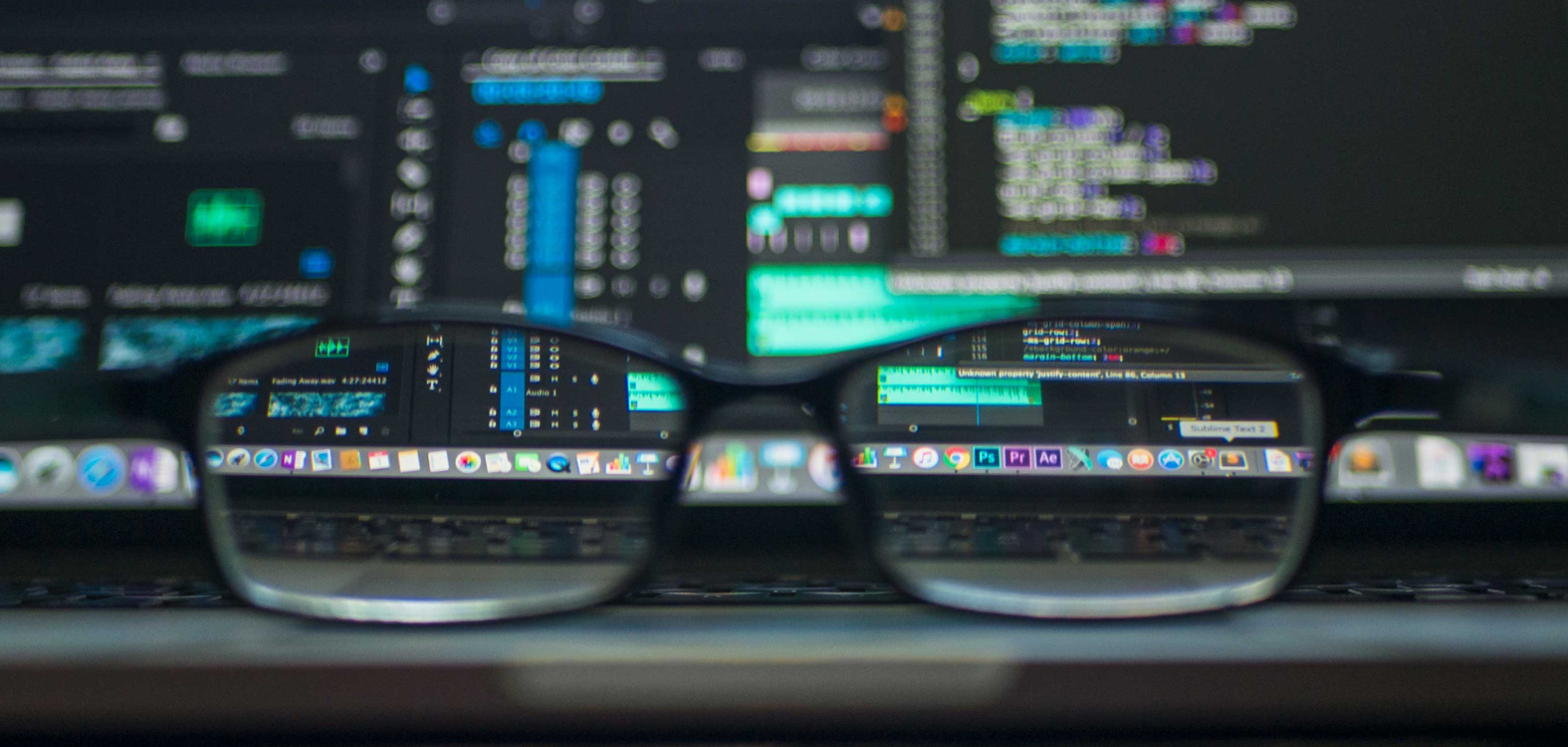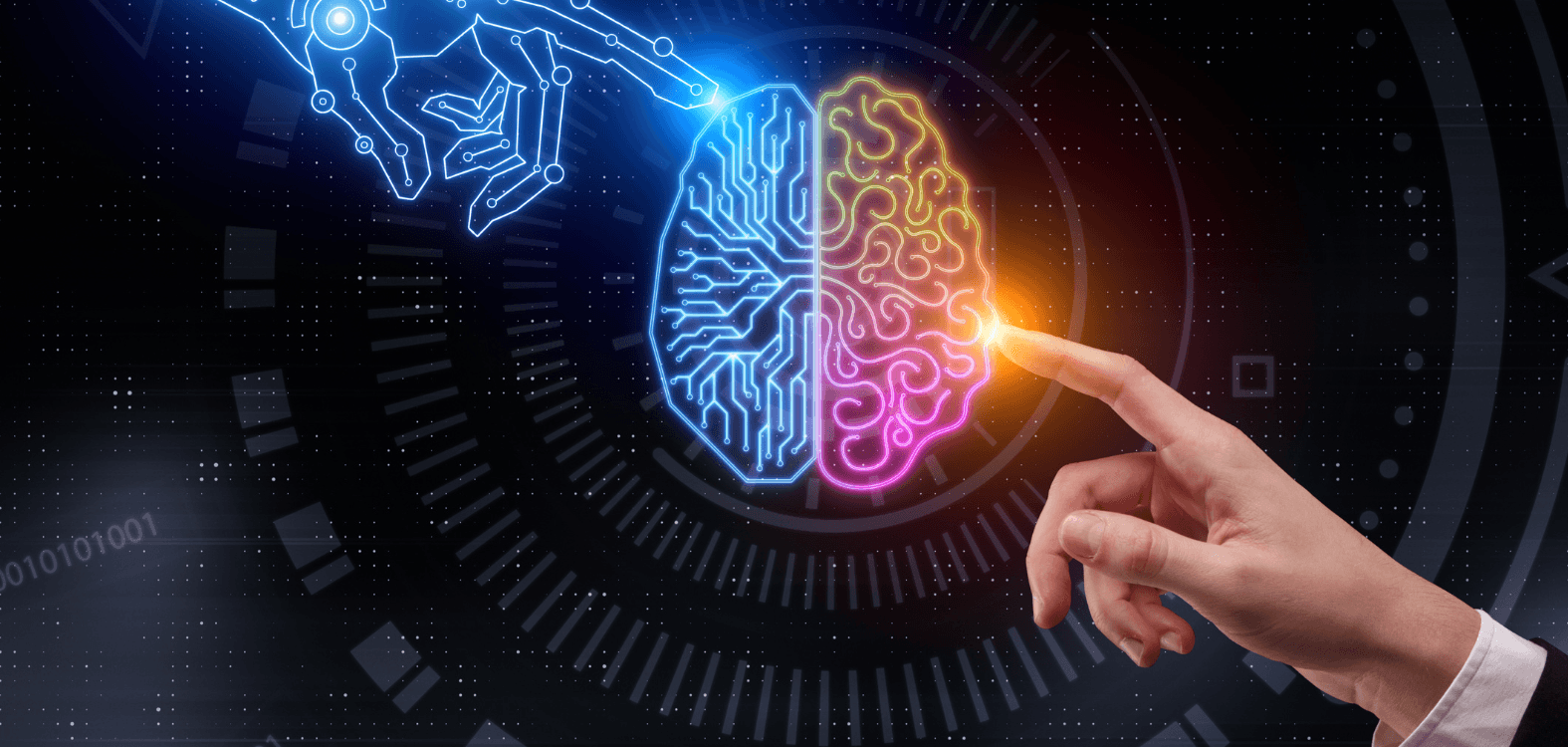That moment of digital devastation opened my eyes to something most of us prefer not to think about: our data is far more fragile than we imagine. Yet it also introduced me to a world of recovery possibilities I never knew existed. Data recovery software isn't just about retrieving deleted files—it's a digital lifeline that can resurrect everything from accidentally formatted drives to corrupted databases worth millions of dollars.
1. Rescue Files from the Digital Graveyard
Even when your computer declares files "permanently deleted," they're often still lurking in the shadows of your storage device. Data recovery software acts like a digital archaeologist, carefully excavating these seemingly lost treasures from the depths of your hard drive. When you delete a file normally, your operating system simply marks that space as available for new data, but the original information remains intact until something overwrites it.
Professional-grade recovery tools can scan every sector of your drive, identifying file signatures and reconstructing damaged directory structures. They work by analyzing the magnetic patterns on traditional hard drives or the electrical charges in solid-state drives, essentially reading the ghost impressions of your deleted data. The success rate varies dramatically based on how much time has passed and how actively you've used the device since deletion, but recovery rates of 70-90% are common for recently deleted files.
The most sophisticated software can even recover files from drives that have been formatted multiple times or partially overwritten. These tools employ advanced algorithms that can piece together file fragments scattered across different sectors, sometimes reconstructing complete documents from seemingly random data clusters.
2. Breathe Life Back into Corrupted Memories
When file corruption strikes, it feels like watching your digital life dissolve in slow motion. Photos that won't open, videos that freeze mid-playback, and documents that display as incomprehensible symbols all point to the same frustrating reality: corruption has invaded your files. Data recovery software specializes in repairing these damaged files by analyzing their internal structure and rebuilding corrupted segments.
Modern recovery tools understand the specific architecture of different file types, from JPEG headers to MP4 containers to Microsoft Office documents. They can often rebuild damaged files by borrowing uncorrupted sections from similar files or by using built-in redundancy within the file format itself. For instance, many image files store thumbnail versions alongside the full-resolution picture, allowing recovery software to reconstruct viewable images even when the main data is severely damaged.
Database recovery represents perhaps the most critical application of this technology. When corporate databases become corrupted, recovery software can mean the difference between a minor inconvenience and a business-ending catastrophe. These specialized tools can rebuild database indexes, recover transaction logs, and even extract data from partially functioning database files.
3. Resurrect Dead and Dying Drives
The grinding sound of a failing hard drive is every computer user's nightmare, but it doesn't always signal complete data loss. Data recovery software can often extract files from drives that are on their last legs, working around bad sectors and mechanical failures to salvage precious information. These tools employ sophisticated error-handling techniques that can read data even when the drive's built-in mechanisms have given up.
When dealing with physically damaged drives, recovery software works in conjunction with specialized hardware to create bit-by-bit copies of the failing storage device. This process, called disk imaging, allows technicians to work on a stable copy while the original drive continues to deteriorate. Advanced software can even work with partial images, extracting whatever data remains accessible while ignoring damaged sectors.
Solid-state drives present unique challenges since they don't fail gradually like traditional hard drives. When SSDs die, they often do so suddenly and completely. However, specialized recovery software designed for flash memory can sometimes communicate directly with the drive's controller chips, bypassing damaged pathways to reach intact data stores.
4. Navigate the Maze of Digital Forensics
Data recovery extends far beyond personal file retrieval into the complex world of digital forensics and legal discovery. Law enforcement agencies, corporate investigators, and legal teams rely on sophisticated recovery software to uncover evidence hidden in the digital shadows. These tools can recover deleted browser histories, extract fragments of encrypted communications, and even rebuild overwritten files that contain crucial evidence.
Forensic recovery software operates under strict chain-of-custody requirements, creating verifiable copies of evidence while preserving the original data's integrity. These tools can recover data from virtually any digital device, from smartphones and tablets to IoT devices and vehicle computer systems. They often work at the hardware level, bypassing operating system limitations to access raw storage data.
Corporate investigations frequently involve recovering deleted emails, financial records, and communication logs that could prove crucial in legal proceedings. Recovery software designed for business environments can handle complex scenarios like RAID array failures, encrypted drive recovery, and multi-device data correlation across entire network infrastructures.
5. Rescue Data from Digital Disasters
Natural disasters, power surges, and hardware failures can create seemingly impossible recovery scenarios, but specialized software often finds ways to extract data from the digital wreckage. Fire damage, water exposure, and electrical surges each create unique patterns of corruption that recovery experts have learned to navigate. Some software can work with drives that have been partially melted, waterlogged, or struck by lightning.
Cloud storage failures represent a modern twist on disaster recovery. When major cloud providers experience outages or data corruption, recovery software helps businesses extract their information from damaged backup files or corrupted synchronization databases. These tools can often reconstruct file hierarchies and timestamps even when the cloud service's own recovery systems have failed.
The most advanced disaster recovery software can work across multiple damaged devices simultaneously, correlating partial data from various sources to rebuild complete file sets. This approach proves invaluable when dealing with distributed storage systems or when multiple backup devices have been damaged in the same incident.
6. Unlock the Secrets of Old Technology
As technology evolves rapidly, we often find ourselves with data trapped on obsolete storage devices or in discontinued file formats. Data recovery software serves as a bridge between technological generations, helping extract information from ancient floppy disks, obsolete tape drives, and proprietary storage systems that modern computers can't read directly.
Legacy system recovery involves more than just reading old storage media—it requires understanding obsolete file systems, ancient encoding methods, and discontinued database formats. Specialized recovery software maintains libraries of historical file format specifications, allowing it to decode data that would otherwise be completely inaccessible on modern systems.
Archival institutions and libraries regularly use recovery software to digitize historical records stored on deteriorating magnetic media. These tools can often extract readable data from storage devices that are decades old, preserving irreplaceable historical documents and multimedia content for future generations.
My own data recovery journey ended successfully—most of those precious family photos were rescued from my dying hard drive. But the experience taught me that data recovery software is far more than a simple undelete tool. It's a sophisticated technology that stands guard over our digital lives, ready to resurrect everything from accidentally deleted selfies to mission-critical business databases. In our increasingly digital world, understanding these capabilities isn't just useful—it's essential insurance for the moments when our technology inevitably fails us.
📚 Sources
1. Garfinkel, Simson. "Digital Forensics Research: The Next 10 Years." Digital Investigation 7 (2010): S64-S73.
2. Casey, Eoghan, and Gerasimos Antonatos. "The Windows Registry as a forensic resource." Digital Investigation 5, no. 3-4 (2008): 116-126.
3. Poisel, Rainer, and Simon Tjoa. "Forensic analysis of mobile devices." International Conference on Advanced Information Systems Engineering. Springer, 2011.
🔍 Explore Related Topics












